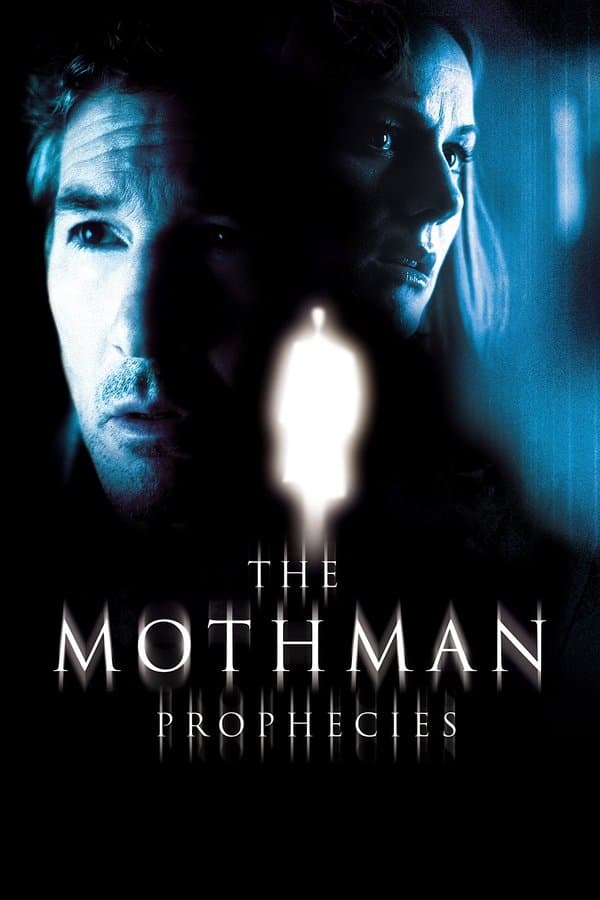
The Mothman Prophecies
2002 • Drama, Horror, Mystery • PG-13
Reporter John Klein is plunged into a world of impossible terror and unthinkable chaos when fate draws him to a sleepy West Virginia town whose residents are being visited by a great winged shape that sows hideous nightmares and fevered visions.
Runtime: 1h 59m
Why you should read the novel
If you’re drawn to true mysteries and enjoy delving deep into bizarre phenomena, John A. Keel’s 'The Mothman Prophecies' offers a rich, investigative journey the film can’t match. The book intertwines real-life testimonies, strange occurrences, and Keel’s own experiences, bringing readers much closer to the inexplicable events of Point Pleasant. Keel’s detailed chronicling invites you to form your own theories, confronting complex questions the movie only hints at.
Adaptation differences
The biggest difference between the adaptation and the book is the approach to storytelling. Keel’s book is presented as a nonfiction account, steeped in investigative journalism about the real reports of sightings and strange happenings in Point Pleasant, West Virginia. The movie, on the other hand, takes a more fictionalized, narrative-driven approach, using a journalist protagonist as a stand-in for Keel and constructing a dramatic, personal story arc around his experiences.
Another major difference is the treatment of the Mothman entity itself. In the book, Keel places the Mothman within a larger set of otherworldly phenomena, weaving in UFO sightings, Men in Black encounters, and a general sense of mysterious happenings. The film narrows its focus considerably, positioning Mothman as a more isolated harbinger of doom and employing horror and suspense tropes to drive the plot.
Moreover, the book unfolds over several years and covers a sprawling cast of characters, giving readers a broader sense of community-wide anxiety and confusion. The film condenses the timeline, centralizing the narrative around the protagonist’s grief and the impending disaster, thereby losing much of the communal perspective and variety of witness testimonies found in the book.
Lastly, the endings differ in tone and scope. The film climaxes with the Silver Bridge collapse and imparts a sense of tragic closure, emphasizing personal loss. Keel’s book, by contrast, offers no tidy resolution—its ambiguity and refusal to provide conclusive answers make the real events feel all the more unsettling, inviting the reader to ponder mysteries that persist well beyond the story’s end.
The Mothman Prophecies inspired from
The Mothman Prophecies
by John A. Keel